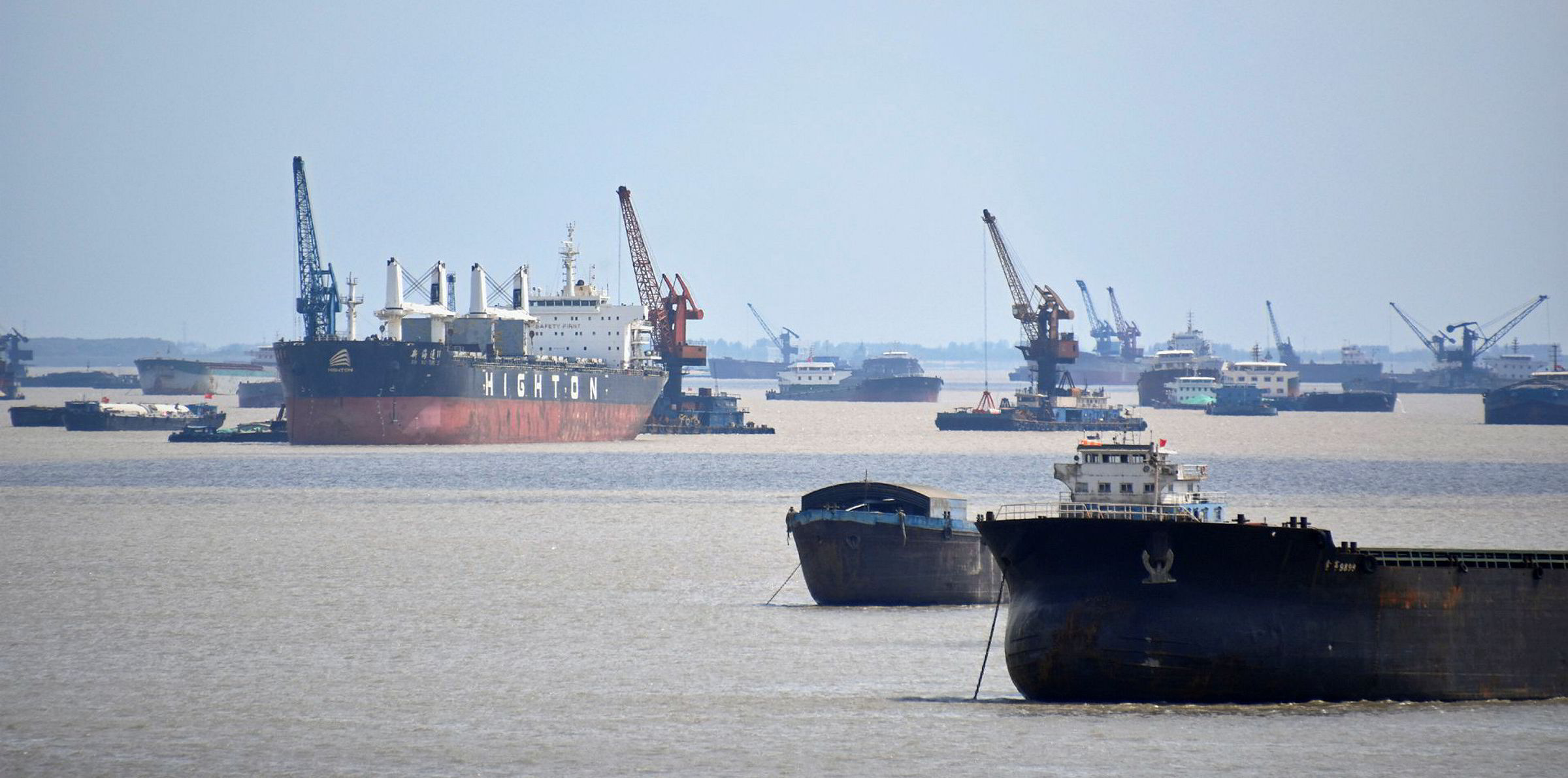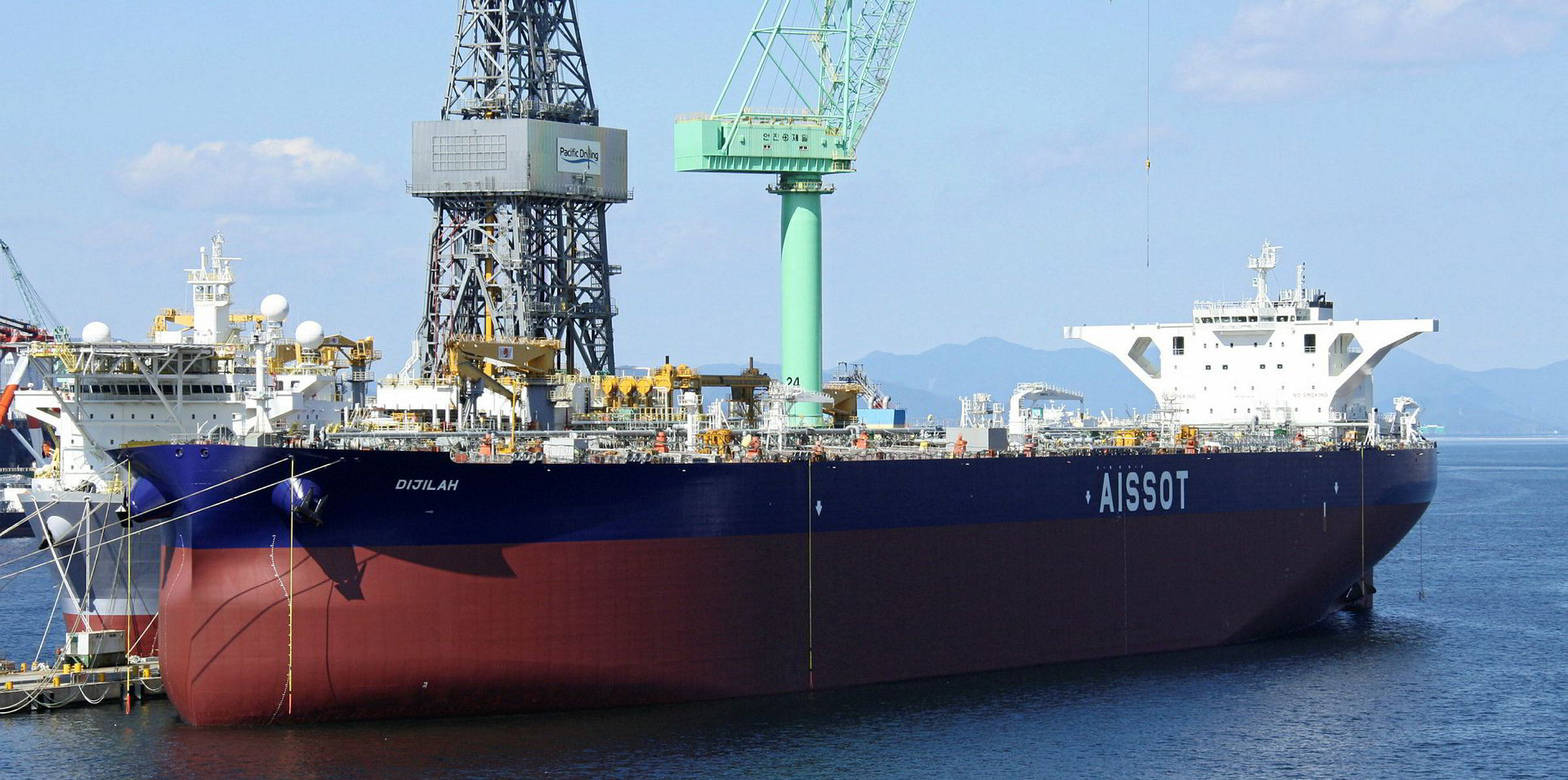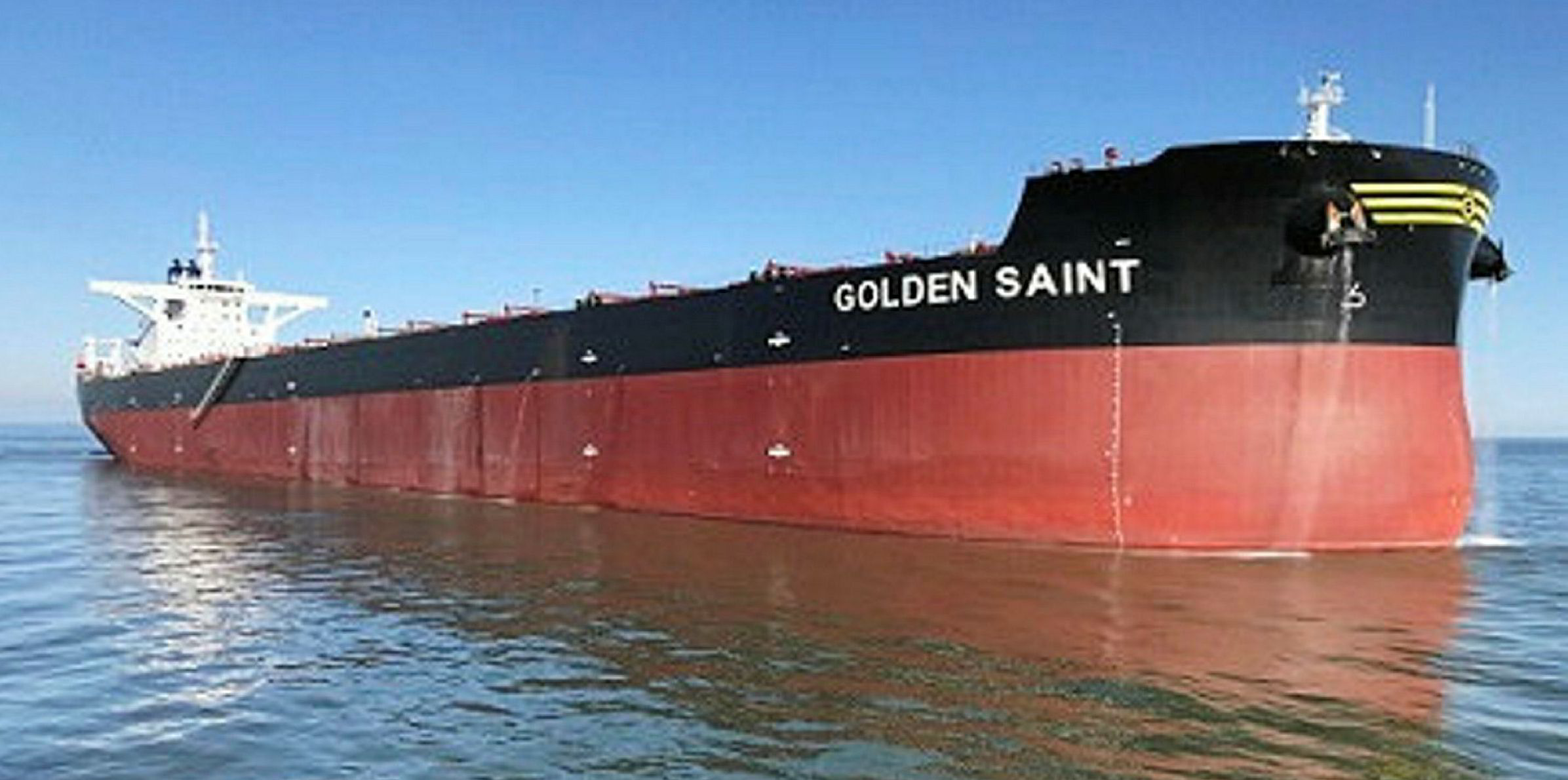China will revise its customs clearance procedures for crude imports as the world’s largest seaborne crude buyer faces severe port congestion.
Refiners in China rushed to purchase cheap overseas crude in the second quarter, resulting in long queues of tankers off Chinese ports that have struggled to handle record imports in recent months.
In a web statement, the General Administration of Customs said importing firms will be allowed to begin discharging crude once cargo samples are taken aboard from next month.
The current rules require the unloading process to start only after sample tests are concluded and laboratories issues certificates.
However, the importers still need to receive the certificates before they can use or sell their crude.
“This new policy will help improve the business environment at Chinese ports and facilitate trade,” the customs agency said.
Similar policy changes on iron ore imports earlier reduced waiting times for ore carriers from 14 days to two, officials said.
Months of congestion
Kpler data showed 122 tankers – including 68 VLCCs – were waiting to discharge in China last week, down from 143 tankers in the previous week.
But this remained far above the normal level of 70 to 90 tankers queueing off Chinese ports.
Regardless of customs policy, most market sources believe the queues will gradually shorten as Chinese refiners have cut down their crude imports.
IHS Markit estimates show China’s crude imports amount to 31.9m tonnes in September, much lower than the August level of 36.9m tonnes.
Some analysts said the easing of port congestion would result in more tonnage supply, pressuring tanker earnings in an already weak market.
“The port congestion which occurred [due] to the import boom is starting to clear, adding more vessels back onto the market and compounding the oversupply of tonnage,” Arctic Securities said.
According to Clarksons Platou Securities, global average VLCC earnings have fallen by 31.1% to $17,400 per day over the past week amid limited charter activity.





